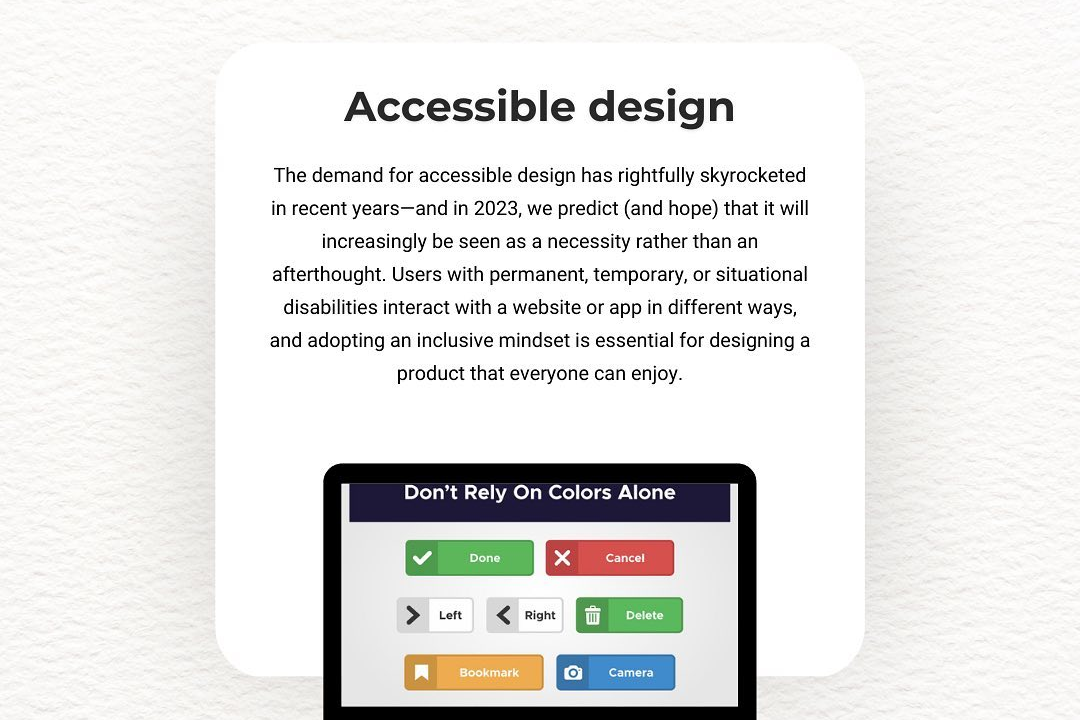Java I/O Techniques
Exploring Java I/O: Techniques and Best Practices
Java I/O Techniques
Java I/O (Input/Output) techniques provide a way for Java applications to interact with data, whether it be reading from or writing to various sources like files, network connections, or system input/output streams. Java's I/O framework is primarily divided into two main packages: `java.io`, which provides byte and character stream classes for basic file handling, and `java.nio`, which introduced non-blocking I/O operations for more scalable network applications. In Java I/O, you can utilize classes like `File`, `InputStream`, `OutputStream`, `Reader`, and `Writer` for file manipulation, and `BufferedReader` and `PrintWriter` for efficient reading and writing of text data. Additionally, Java supports serialization, which allows the conversion of objects into a byte stream for storage or transmission, and the use of NIO channels and buffers for more advanced I/O operations that enhance performance and flexibility, particularly in concurrent applications. Overall, Java I/O techniques facilitate efficient data handling and are an essential part of Java programming.
To Download Our Brochure: https://www.justacademy.co/download-brochure-for-free
Message us for more information: +91 9987184296
1 - Java I/O Overview: A brief introduction to Java Input/Output (I/O) and its importance in handling data, including reading from and writing to different data sources.
2) Byte Streams: Explanation of byte streams in Java and how they handle raw binary data; Introduction to `InputStream` and `OutputStream` classes.
3) Character Streams: Overview of character streams, which are designed for handling textual data, including `Reader` and `Writer` classes.
4) File I/O: Introduction to file handling capabilities in Java using classes like `FileInputStream`, `FileOutputStream`, `FileReader`, and `FileWriter`.
5) Buffered Streams: Explanation of buffered I/O, which enhances performance by reading and writing data in larger chunks using `BufferedInputStream` and `BufferedOutputStream`.
6) PrintStream and PrintWriter: Overview of `PrintStream` and `PrintWriter` for easy printing of formatted text to files and console outputs.
7) Serialization: Introduction to the concept of serialization in Java, allowing objects to be converted into a byte stream for storage or transmission using `Serializable` interface.
8) Object Streams: Explanation of object streams (`ObjectInputStream` and `ObjectOutputStream`) used for reading and writing objects to/from streams.
9) File Handling with Path and Files API: A modern approach using `Path`, `Files`, and the `java.nio.file` package to perform file operations, including reading, writing, and file management.
10) Random Access Files: Introduction to `RandomAccessFile` for reading and writing data at arbitrary positions within a file, allowing more flexibility.
11) Data Streams: Explanation of `DataInputStream` and `DataOutputStream`, which allow reading and writing Java primitive data types in a machine independent way.
12) File Filters: Using `FilenameFilter` and `FileFilter` to filter files and directories based on specific criteria while listing.
13) I/O Exception Handling: Discussion on handling exceptions in I/O operations, including `IOException`, and using try catch blocks to manage errors.
14) NIO (New I/O): Overview of the NIO package introduced in Java 1.4 for scalable I/O operations, including channels, selectors, and buffers.
15) Asynchronous I/O: A brief introduction to asynchronous file channels for non blocking I/O operations, allowing a program to continue executing while waiting for I/O operations to complete.
16) Java I/O Performance Considerations: Techniques and best practices to enhance the performance of I/O operations, such as buffering and character encoding.
17) Data Serialization Formats: Comparison of various serialization formats (such as JSON, XML) and their use with Java’s I/O for data exchange and persistence.
18) Closing Resources: Importance of closing streams and utilizing the try with resources statement for automatic resource management in I/O operations.
This training program structure provides a comprehensive overview of Java I/O techniques, from basic to advanced concepts, equipping students with the necessary knowledge and skills in Java data handling.
Browse our course links : https://www.justacademy.co/all-courses
To Join our FREE DEMO Session: Click Here
Contact Us for more info:
- Message us on Whatsapp: +91 9987184296
- Email id: info@justacademy.co
Java for interactive dashboards












